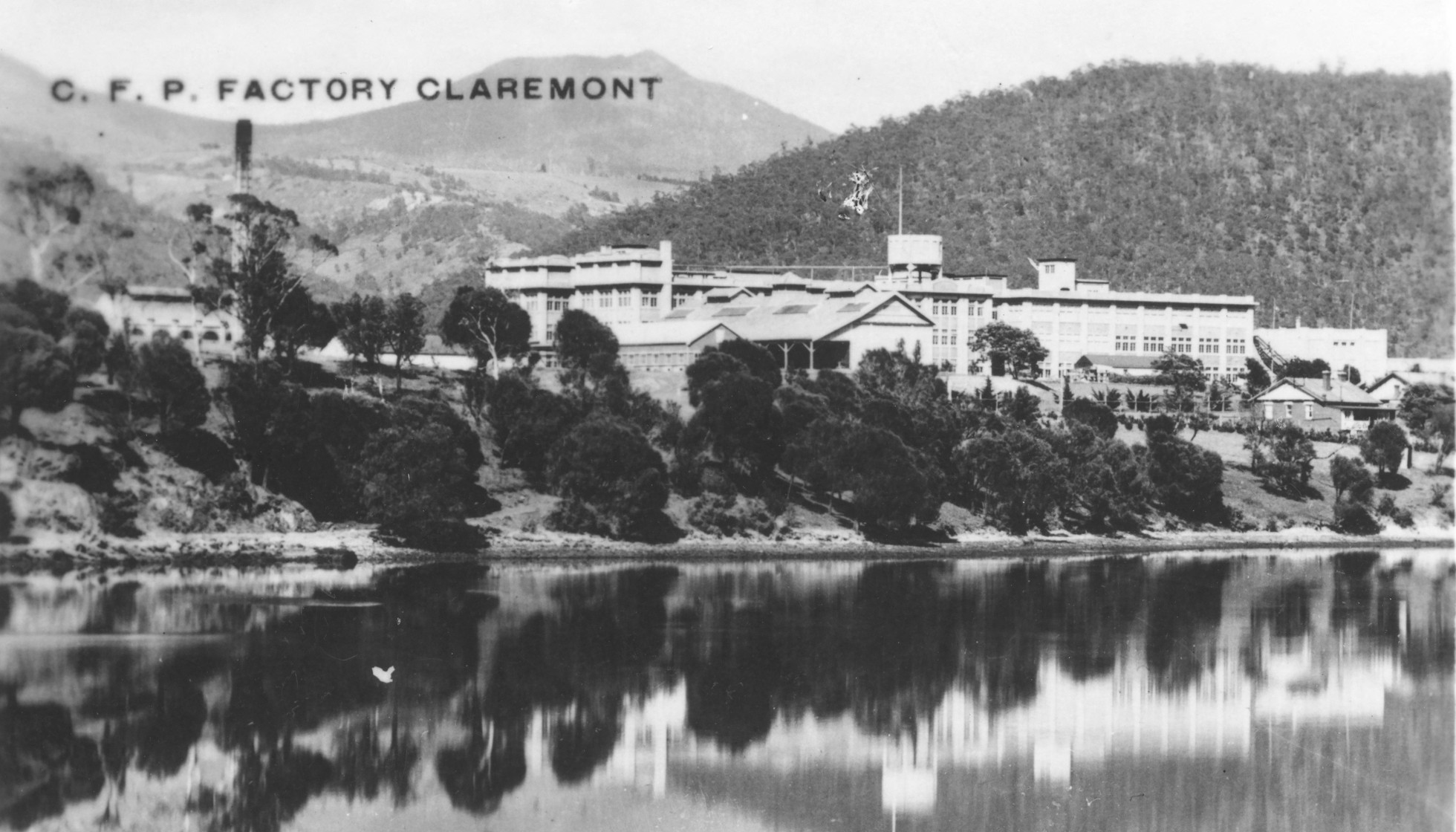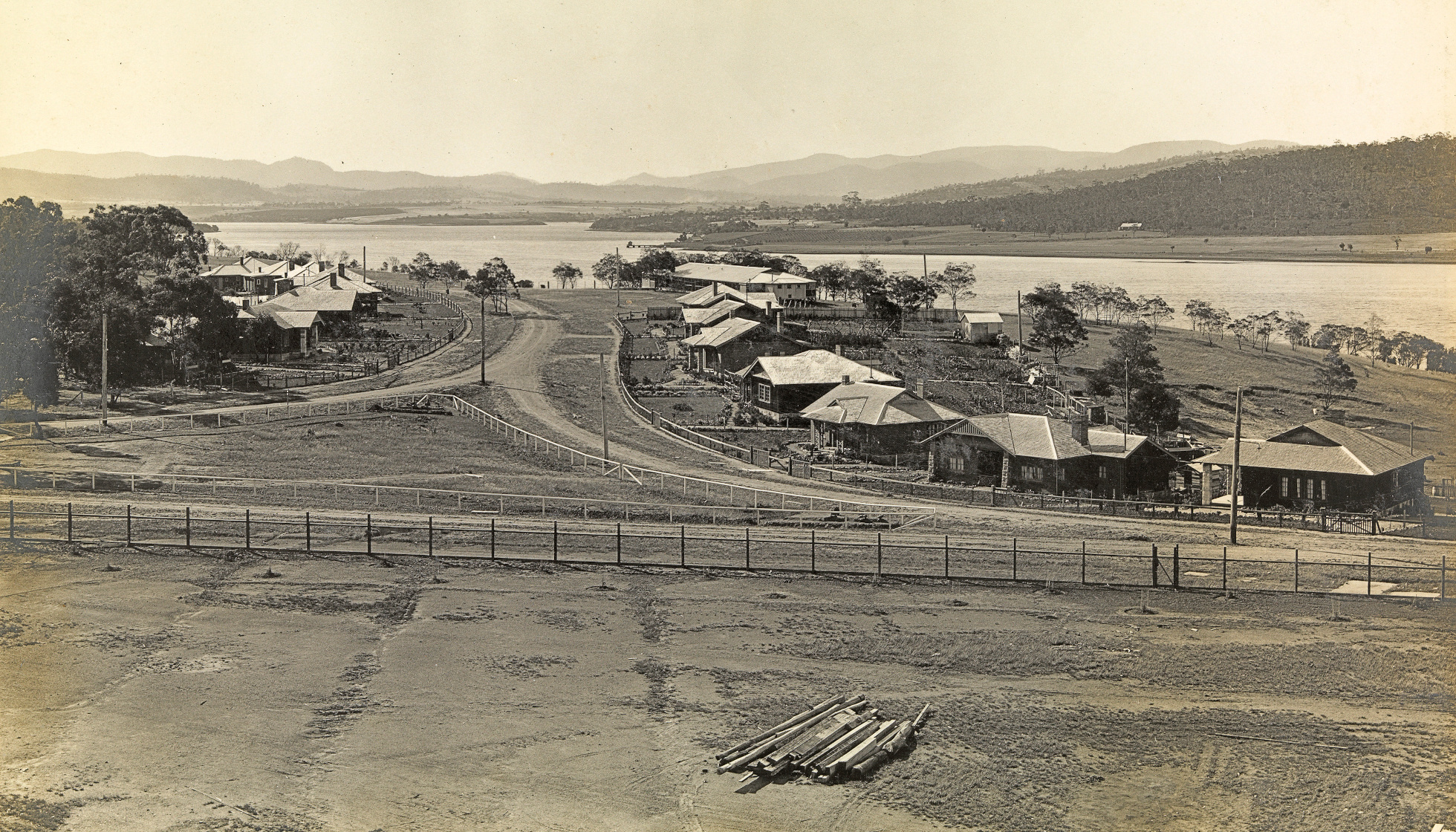Chocolate, Spies and Quakers
by Mary-Lou Stephens

What do Cadbury, Rowntree and Fry have in common? Chocolate, of course, but there’s also something more.
All three families were members of The Society of Friends, more commonly known as Quakers. The connection between Quakers and chocolate began in Britain in the early 19th century when the abuse of alcohol was rampant. In a time when a glass of town water could kill you but a tankard of ale wouldn’t, alcohol was the drink of choice. Needless to say, drunkenness was rife and the resulting squalor and depravity caused much misery in the streets and slums of the cities. Quakers regarded alcohol as a great moral evil while cocoa was thought to have medicinal properties as well as being delicious. They acted on their beliefs and manufactured chocolate drinks as a cheap and healthy alternative to alcohol.
Cadbury celebrates its 200th anniversary this year. In 1824, John Cadbury opened a shop in Birmingham. Among other things, he sold cocoa and drinking chocolate, which he prepared using a mortar and pestle. By 1831, the shop was devoted entirely to drinking chocolate and he founded a factory to make a variety of cocoa essences and chocolate drinks.
Later that century his sons, George and Richard, prompted by the Quaker principle of social responsibility, moved the factory to Bournville away from the deplorable living conditions in Birmingham. They also built houses, parks and recreation facilities for their workers. George was fond of saying that no one should live or work where a rose could not grow. Bournville was dubbed the factory in the garden.

Cadbury Dairy Milk launched in 1905 after years of trial and much error by George Cadbury Junior and quickly became the most popular chocolate in the world. At that time chocolate makers often tried to steal trade secrets by sending spies, posing as employees, into each other’s factories. The factories in turn would employ detectives to try and sniff out these spies. Cadbury’s competitors were determined to get their hands on the Dairy Milk recipe by any means possible. For that reason the recipe was kept in a vault and the few who knew it were legally bound never to divulge its secret.
When Cadbury decided to build its first overseas factory in Tasmania in the early 1920s, did competitors see an opportunity to get their hands on the sought-after recipe? That’s the premise for The Chocolate Factory inspired by tales of chocolate spies and detectives, childhood visits to the Cadbury’s factory at Claremont and a lifelong love of Dairy Milk chocolate. Chocolate and spies. It’s a delicious combination.
Mary-Lou Stephens was born and raised in Hobart, has lived all over Australia and now writes while slow travelling the world with her husband. Her debut novel The Last of the Apple Blossom was a bestseller. Mary-Lou has a series of author talks coming up at Libraries Tasmania and Fullers, check their websites for more information.

